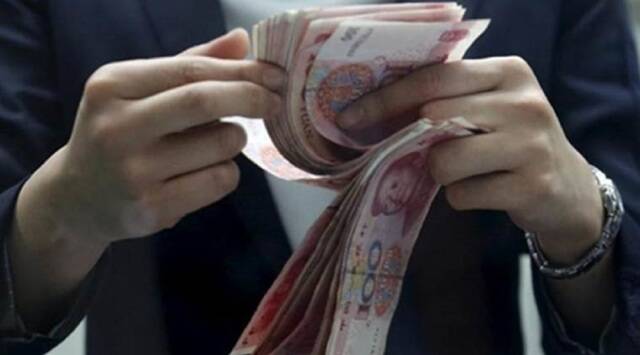China’s economy stumbled in May with industrial output and retail sales growth missing forecasts, adding to expectations that Beijing will need to do more to shore up a shaky post-pandemic recovery.
The economic rebound seen earlier this year has lost momentum in the second quarter, prompting China’s central bank this week to cut some key interest rates, with expectations of more to come.
Industrial output grew 3.5% in May from a year earlier, the National Bureau of Statistics said on Thursday, slower than the 5.6% expansion in April and slightly below a 3.6% increase expected by analysts in poll, as manufacturers struggle with weak demand at home and abroad.
Retail sales – a key gauge of consumer confidence – rose 12.7%, missing forecasts of 13.6% growth and slowing from April’s 18.4%.
“All the data points so far sent consistent signals that the economic momentum is weakening,” said Zhiwei Zhang, president of Pinpoint Asset Management.
Data ranging from factory surveys and trade to loan growth and home sales have shown signs of weakness for the world’s second-biggest economy.
The soft run of data has defied analyst expectations for a sharper pickup, given comparisons with last year’s very weak performance, when many cities were under strict COVID lockdowns.
The figures also reinforce the case for more stimulus as policymakers face deflationary risks, mounting local government debts, record youth unemployment and weakening global demand.
“Insufficient domestic demand and sluggish external demand could interrupt the momentum in the ongoing months, leaving China with a more gradual U-shape recovery trajectory on its month-on-month growth path,” said Bruce Pang, chief economist at Jones Lang LaSalle.
Introducing stimulus with large-scale policy easing would be the first step, Pang said. “But it could need two to three years to shore up a slowing economic recovery and regain a higher potential growth rate of over 6%, with more balanced growth drivers and stronger internal impulse.”
CENTRAL BANK EASING
China’s central bank on Thursday cut the interest rate on its one-year medium-term lending facility, the first time in 10 months, paving the way for cuts in the benchmark loan prime rates (LPR) next week.
China’s stock markets rose after the rates cut, with the benchmark CSI 300 gaining 0.6% in early trade, while Hong Kong’s Hang Seng Index climbed 1.2%.
Markets are also betting on more stimulus, including measures targeting the floundering property sector, once a key driver of growth.
Julian Evans-Pritchard, head of China at Capital Economics, said while the central bank’s easing won’t make much difference on its own, it reveals “growing concerns among officials about the health of China’s recovery” and is “likely to be followed by wider policy easing.”
Yi Gang, PBOC governor, pledged last week that China will make counter-cyclical policy adjustments to shore up the economy.
Investment in the property sector fell 7.2% in January-May from the same period a year earlier, after declining 6.2% in January-April.
The sector is expected to grapple with “persistent weakness” for years, dragging on economic growth, Goldman Sachs analysts said this week.
Private fixed-asset investment shrank 0.1% in the first five months, a sharp contrast to the 8.4% growth in investment by state entities, suggesting weak business confidence.
The labour market remained weak with youth unemployment jumping to a record 20.8%. The nationwide survey-based jobless rate stayed at 5.2% in May.
Despite slowing growth, policymakers in Beijing have been cautious about extending more aggressive stimulus while other global central banks raise interest rates to combat inflation, which could risk further capital outflows.
The country’s biggest banks recently cut their deposit rates to ease pressure on profit margins and encourage savers to spend more.

































